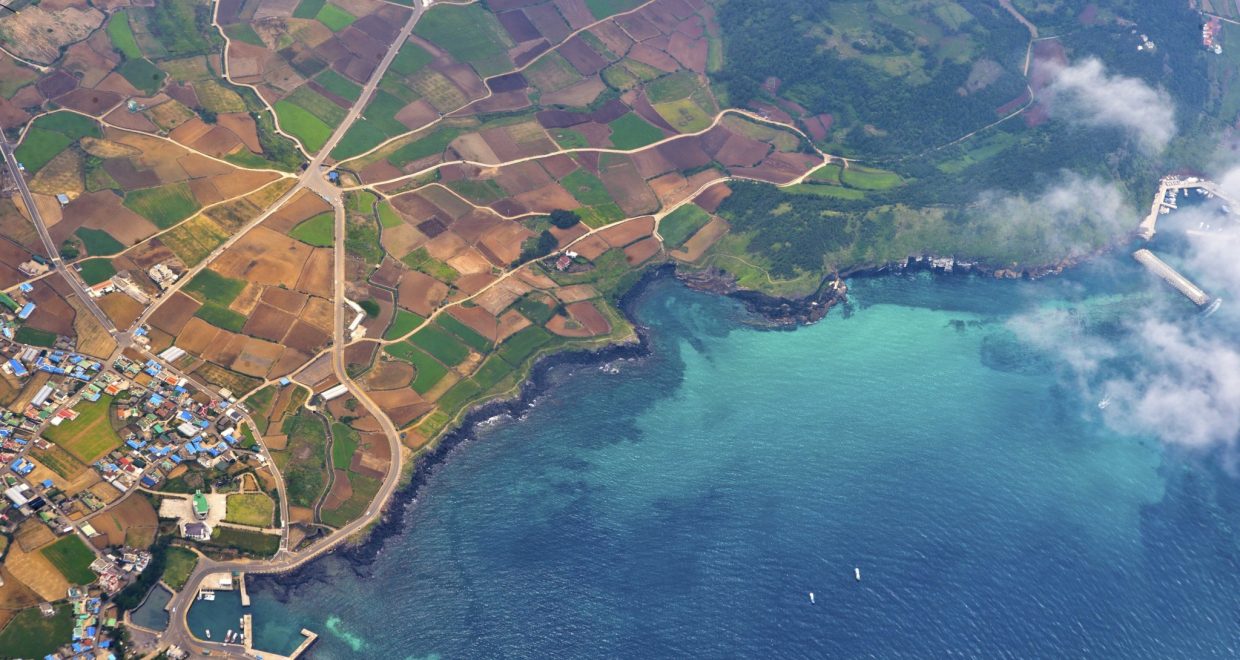SWI: a Barrier to Coastal Management
Maintaining water quality is a global concern and, with the onset of climate change and the increased expansion of the human population, it is likely only to become even more important in the future. The transfer of chemical and biological components across the sediment-water interface (SWI) has a great effect on the composition of the water and therefore it is vital to understand the processes occurring here in order to be able to develop strategies for monitoring and improving the quality of coastal waters.
A recent paper published in JFM by Joey Voermans, and colleagues Greg Ivey and Marco Ghisalberti at the University of Western Australia, has sought to improve this understanding by providing a framework that characterises the interaction between the fluid flow and the permeable sediment bed via a permeability Reynolds number. The parameter is given by

where K is the sediment permeability, u∗ is the shear velocity and v is the fluid viscosity.
At low values of the permeability Reynolds number ReK << 1, the flow behaves as though passing over an impermeable boundary layer (a), whilst at large values of the permeability Reynolds number ReK >> 1, characteristics of a highly permeable canopy flow can be seen (c). The SWI sits in the transitional regime between the two extremes with ReK between 0.001 and 10 for typical aquatic systems (b). The three flow types are shown schematically below, with the mean flow given by the straight arrows and the turbulence by the curly arrows.

The model is compared with experimental observations obtained via a new method involving refractive index matching. In the past, measurements at the SWI proved to be difficult as the sediments obstruct conventional measurement techniques. However, Voermans and his team were able to use transparent glass balls to model the sediment, which were chosen to match the refractive index of the fluid. This meant that they were seemingly invisible and thus tracer particles added to the flow – both fluid and sediment – could be followed with light using traditional methods to obtain particle trajectories.
Using this technique, they were able to calculate the penetration depth of turbulence and the mean flow into the bed. Such measurements are critical to understanding the transfers of mass and momentum across the SWI, which ultimately are responsible for determining the chemical and biological composition of the water column.
The importance of the SWI in determining the water quality can be seen in the example of hypoxia, which occurs when the ecosystem is starved of oxygen and results in mass death. Nutrients found in fertilisers used in agriculture are washed into rivers and will eventually reach coastal waters. The upper layer of the sediment (1-2 cm) contains millions of micro-organisms that feed on these nutrients helping to reduce their effect, but this relies on sufficient mass transfer across the SWI. If the transfer is too low, the nutrients accumulate in the water column leading to algal blooms and ultimately hypoxia. In order to try to prevent such events from occurring, an improved understanding of transfer processes at the SWI is required.
The SWI also plays a pivotal role in coastal management to prevent flooding. When constructing a dyke or other river management system, models are used to predict peak water levels to ensure that the coastal defences are built sufficiently high. The SWI is incorporated into these models where it is often represented by an impermeable boundary. If the SWI is not impermeable, as the work of Voermans seems to suggest, then the level of friction will be underestimated in the models and thus the predictions will be lower than the actual values that could be achieved in reality.
This does not necessarily mean that the current models are incorrect as noted by Voermans: “the SWI can still behave as either impermeable or permeable depending on the permeability Reynold number.” In other words, there is still further work to be done to fully understand the problem, but the results presented in this paper certainly provide a new perspective on the development of interfacial transport models at the SWI.
This paper will be free to access through 31st October 2017.
Reference
Voermans, J., Ghisalberti, M., & Ivey, G. (2017). The variation of flow and turbulence across the sediment–water interface. Journal of Fluid Mechanics, 824, 413-437. doi:10.1017/jfm.2017.345






